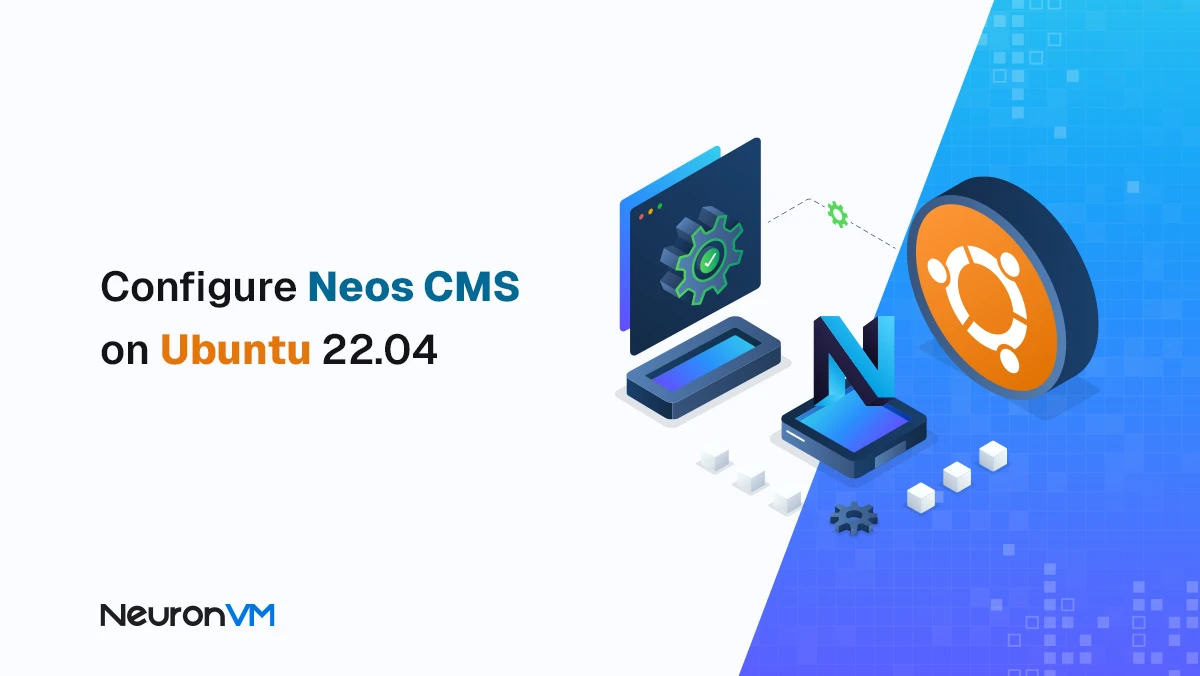How to Install Zoom on Debian 11 + How to Run It
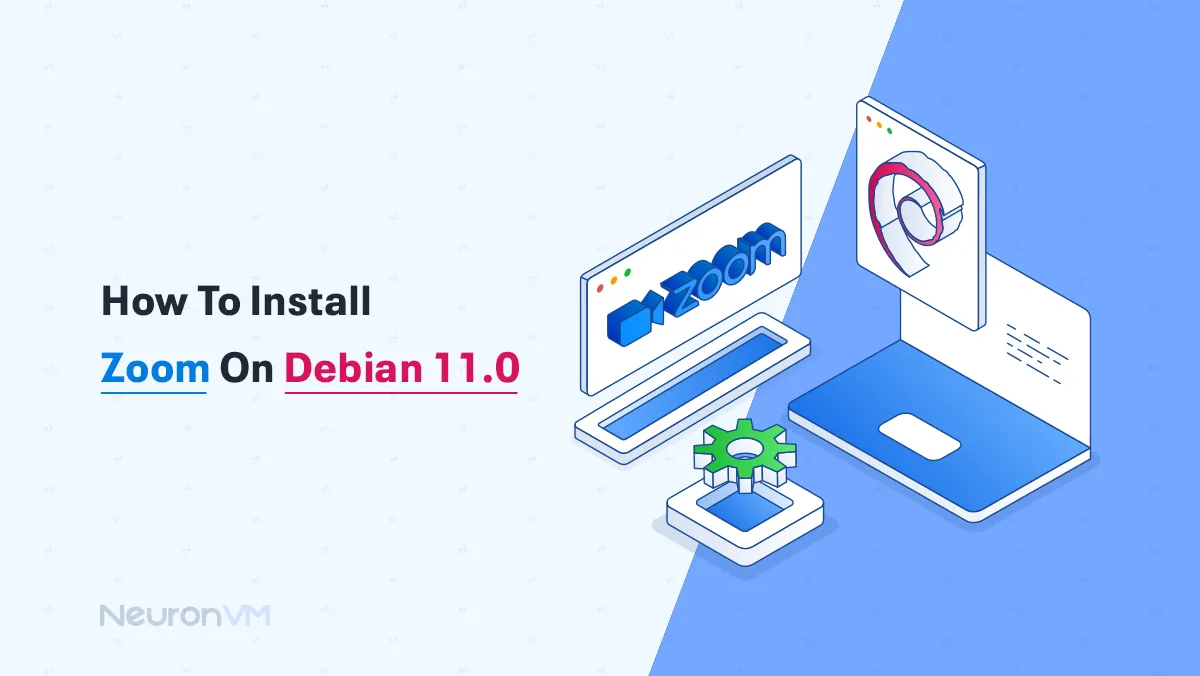
 6m
6m
 1 comments
1 comments
Want to install Zoom on Debian 11 without dealing with unnecessary complexity? You’re not alone. A lot of Linux users need Zoom for meetings, classes, or just staying connected but the installation process can be a bit confusing at first.
In this step-by-step guide, you’ll see exactly how to get Zoom up and running on Debian 11, whether you’re using the terminal or prefer the desktop interface. No prior Linux experience needed just follow along.

Prerequisites to Install Zoom on Debian 11.0
- 1- A Linux VPS server with Debian 11 Bullseye operating system
- 2- A user account with Sudo privileges or root access
How to Install Zoom on Debian 11
First, you must update Debian 11 with the following command:
sudo apt update
sudo apt upgrade
Before moving on, make sure you have the wget package installed we’ll need it to download Zoom GPG key. It usually comes with Debian 11, but you can check by running:
wget --version
If WGET is already installed on your system, you will receive the following output:
GNU Wget 1.21 built on linux-gnu.
If you haven’t installed WGET, you can Install Zoom On Debian with the following command:
sudo apt install wget -y
Zoom isn’t included in Debian’s default repositories since it’s not open-source, so we’ll grab the .deb package directly from Zoom’s website. To download it, run the command below:
wget https://zoom.us/client/latest/zoom_amd64.deb
After the download is complete, enter the package by entering the following command:
sudo apt install ./zoom_amd64.deb
Then, you must type “Y” and then press ENTER key to continue the installation. If you encounter dependency problems after installation, you can run the following command to fix them:
apt install -f

How to Run Zoom on Debian (Two Simple Methods)
After installing Zoom, you’ve got a couple of ways to open it. No need to overcomplicate things here are two straightforward methods that work for most setups.
Method 1: CLI Commands to Launch Zoom
Of course, it should be noted that you can launch Zoom in different ways. One of the most common is to download the Zoom app from the Internet. Also, Zoom will be launched from the Debian terminal:
zoom
Also, if you have installed Zoom on Debian 11.0 with Flatpak, you can use the following command to run it:
flatpak run us.zoom.Zoom
To launch Zoom to use in the background of your current terminal, enter the following command:
zoom &
Method 2: Open Zoom From the Desktop
Once Zoom’s installed, you can open it like any other app.
Hit the system menu (bottom-left, usually), scroll through the apps list, and look for the Zoom icon. Click it you’re in.
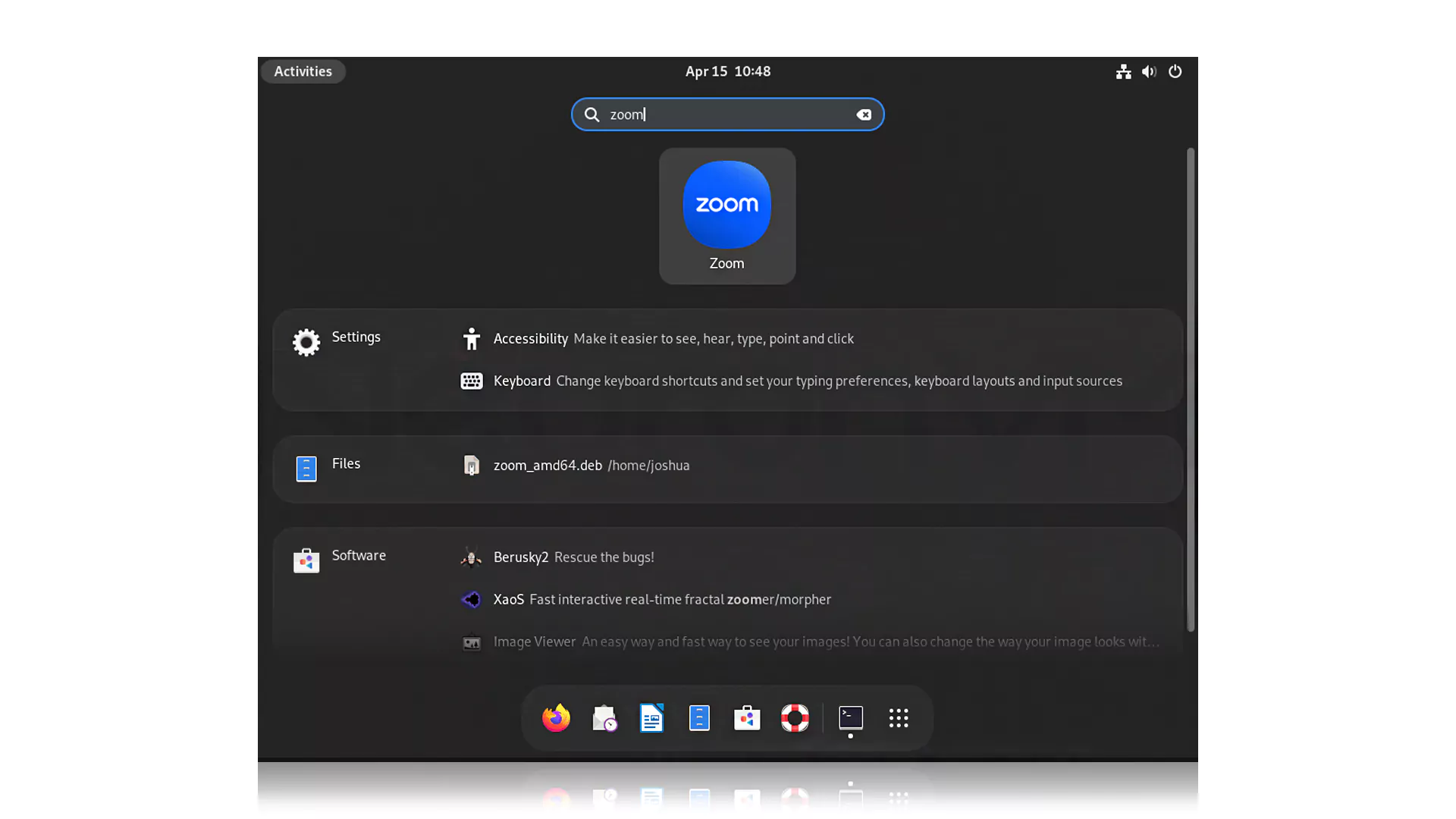
***
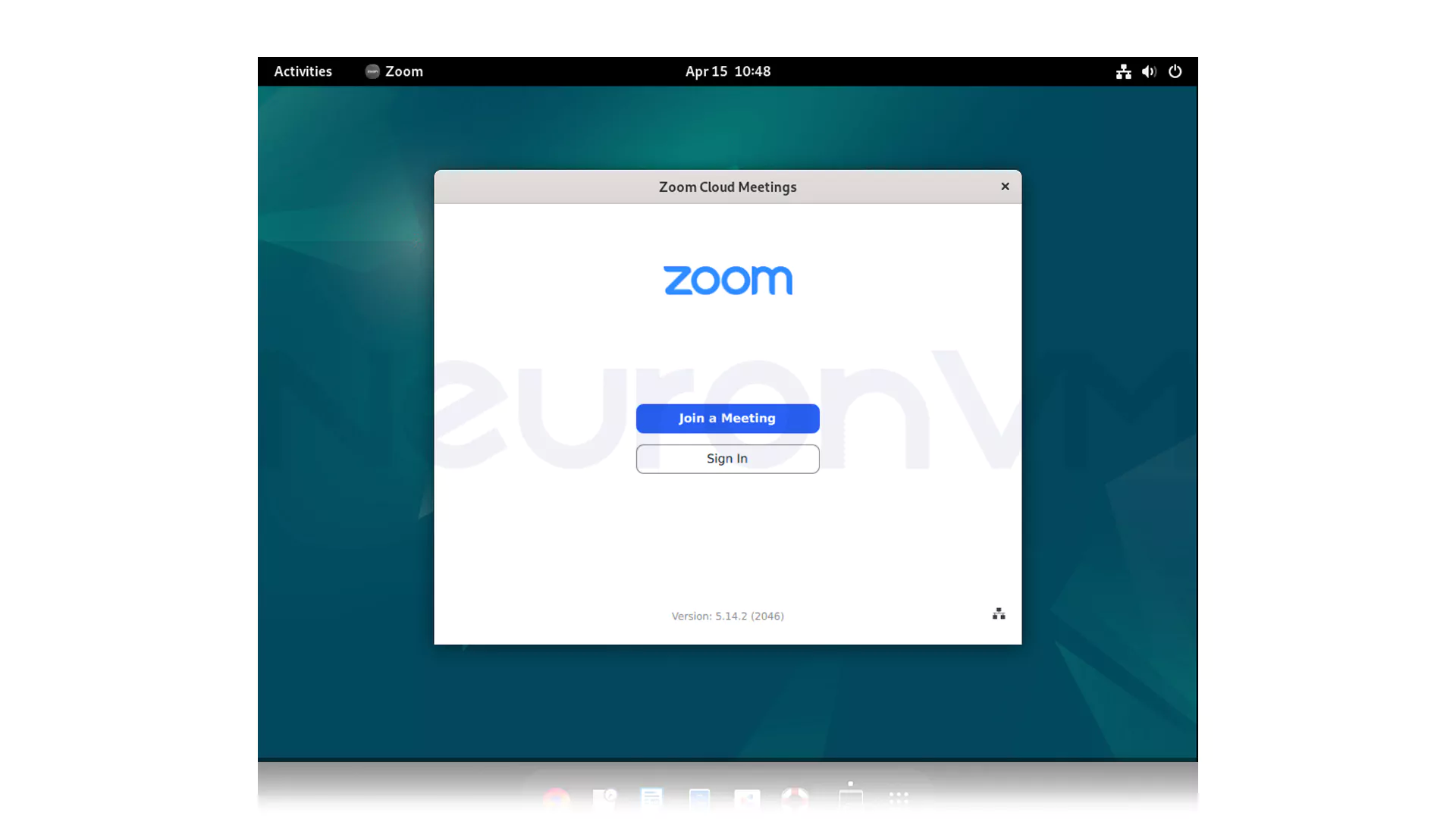
How to Remove Zoom on Debian 11
If you ever need to remove Zoom, just run:
sudo apt autoremove zoom
When prompted, type Y and hit Enter to confirm.
Conclusion
That’s it Zoom’s installed and ready.
Try launching it from the terminal or your applications menu and make sure everything runs fine.
If it doesn’t open or something feels off, don’t panic. Sometimes a missing dependency or an incomplete download causes issues just rerun the install or check your internet.
Either way, you’re not stuck. Worst case? Remove it and reinstall. It’s Linux we’ve all been there.
In most cases, you need to use the terminal, but after installation, it is also possible to run the program through a graphical environment (GUI).
Because Zoom is not an open source program and is not officially included in the Debian open source sources. Therefore, it must be downloaded and installed manually from the official Zoom website.
You can easily fix dependency problems by running the apt install -f command.
You might like it
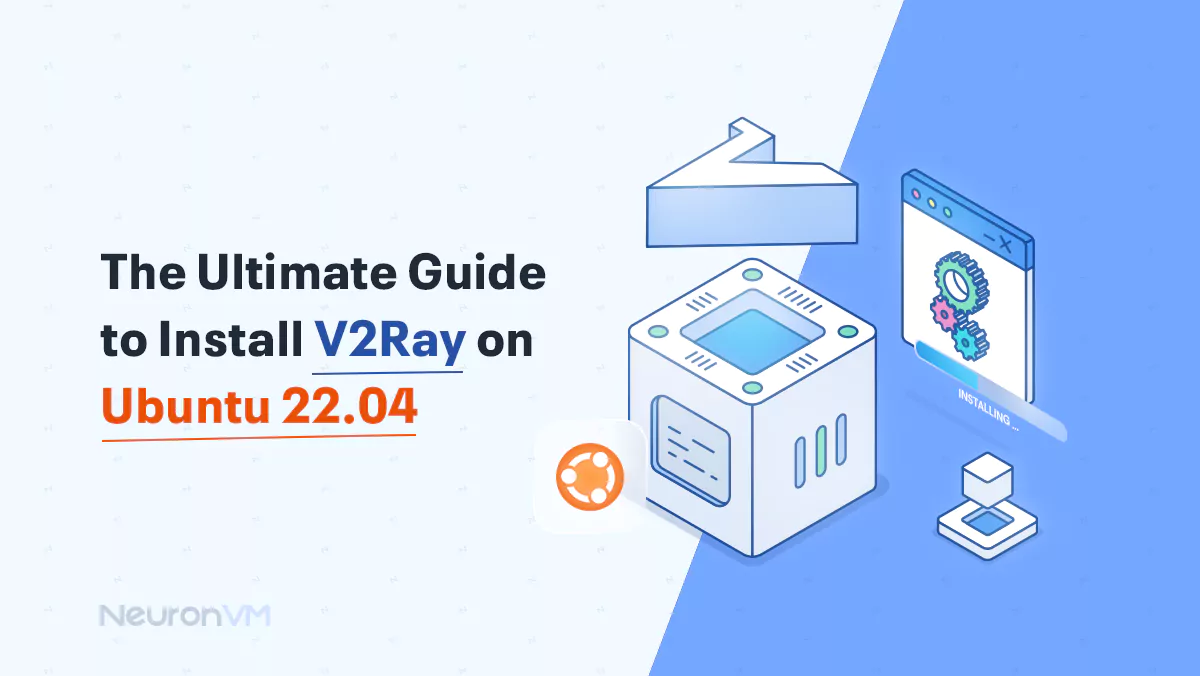
Ubuntu Tutorials
The Ultimate Guide to Install V2Ray on Ubuntu 22.04
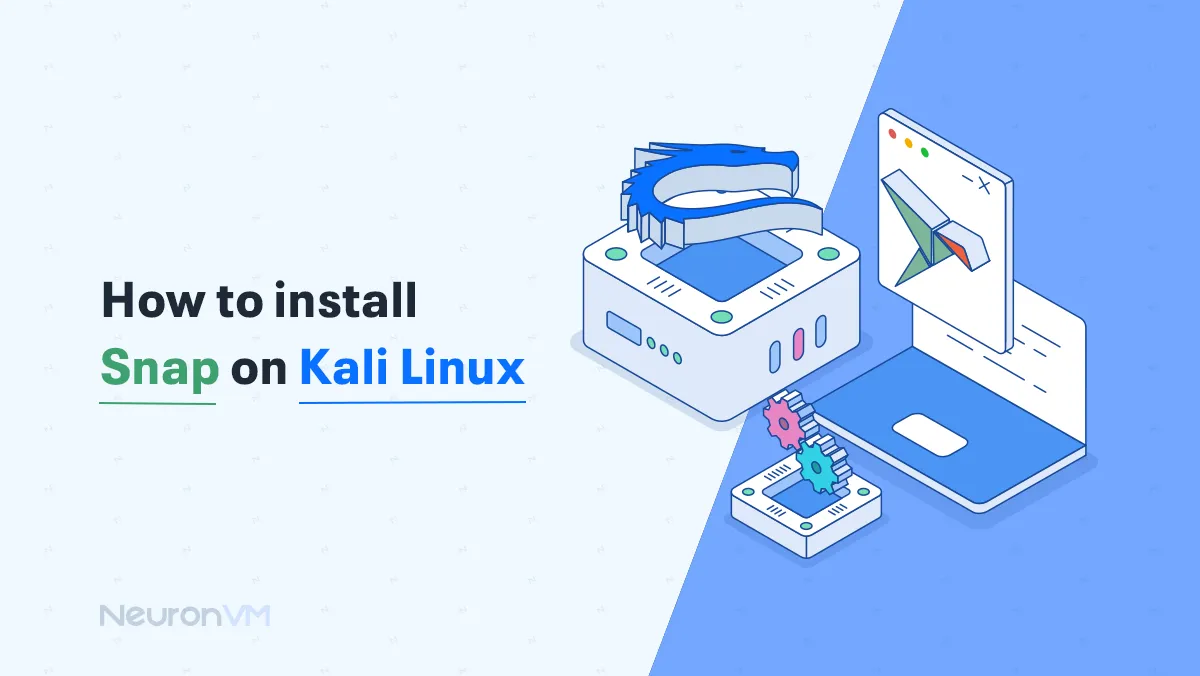
Kali Linux Tutorials
How to Install snap on Kali Linux
![How to Clone Root Disk in Linux Mint 21.3 [Step-by-Step Guide]](https://neuronvm.com/wp-content/uploads/2025/03/how-to-clone-root-disk-in-linux-mint-21.webp)
Linux Tutorials
How to Clone Root Disk in Linux Mint 21.3 [Step-by-Step Guid...


